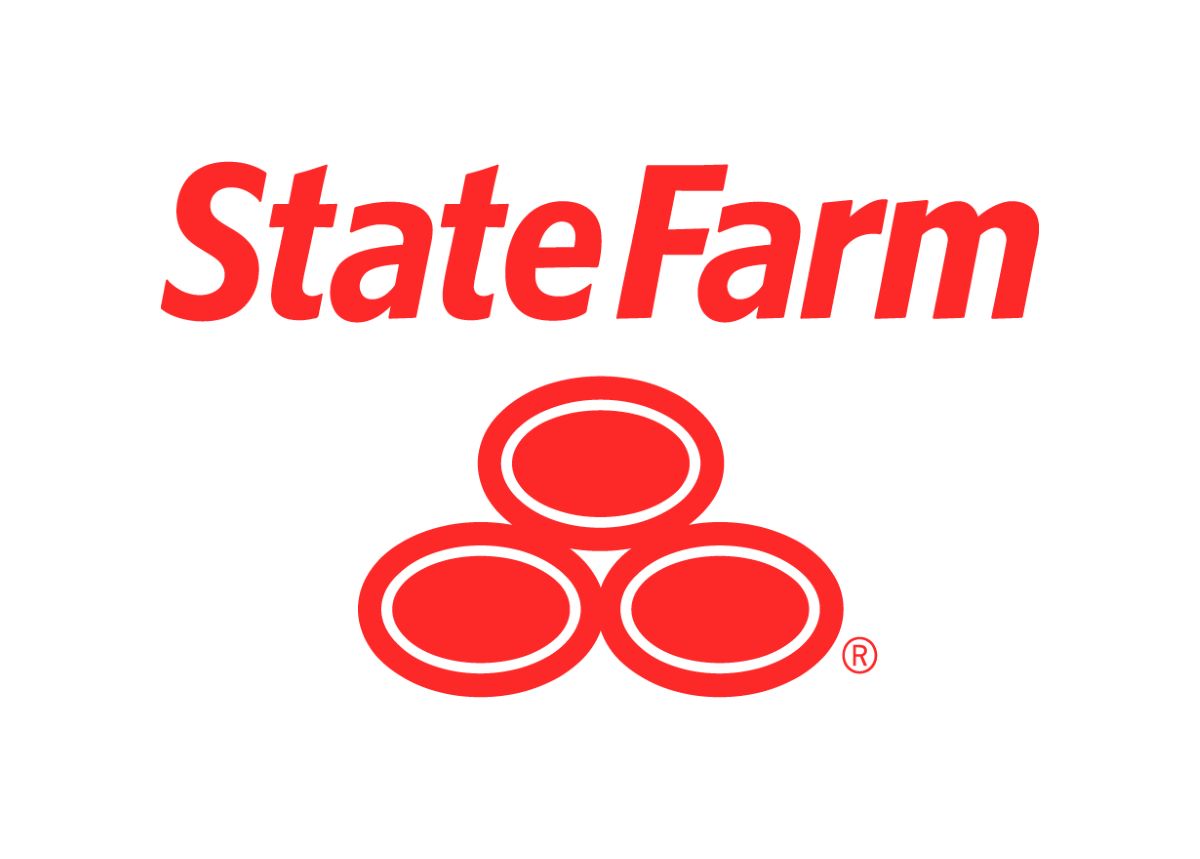

Finance
Farm Price Index (FPI) Defined
Published: November 22, 2023
Learn about the Farm Price Index (FPI) in the context of finance. Understand the significance of FPI in analyzing agricultural prices and market trends.
(Many of the links in this article redirect to a specific reviewed product. Your purchase of these products through affiliate links helps to generate commission for LiveWell, at no extra cost. Learn more)
Understanding the Farm Price Index (FPI) Defined
When it comes to financial markets, it’s important to have a deep understanding of the various indices that are widely used to measure and track different aspects of the economy. If you’re interested in the agricultural sector, the Farm Price Index (FPI) is one such index that you should familiarize yourself with. In this blog post, we will delve into the details of the FPI, explaining what it is, how it is calculated, and why it is important in the world of finance.
Key Takeaways
- The Farm Price Index (FPI) is a measure of the changes in prices received by farmers for their agricultural products.
- The FPI is calculated based on a basket of commodities that represent the overall agricultural industry, including crops and livestock.
The Farm Price Index (FPI) is an important economic indicator used to track the fluctuations in agricultural prices over time. It is a measure of the changes in prices received by farmers for their agricultural products such as grains, vegetables, fruits, livestock, and more. The FPI provides valuable insights into the profitability of farmers and the health of the agricultural sector as a whole.
So, how is the Farm Price Index calculated? The FPI is derived from a basket of commodities that represent the overall agricultural industry. It takes into account the prices of various crops, such as wheat, corn, soybeans, and cotton, as well as livestock products like milk, eggs, and meat. The prices of these commodities are collected on a regular basis and weighted according to their relative importance in the agricultural sector.
Once the prices have been collected and weighted, they are then aggregated to calculate the index. The FPI is usually presented as a percentage change from a base year, which allows for easy comparison of price movements over time. By tracking the changes in the FPI, analysts and investors can gain insights into the inflationary pressures affecting the agricultural sector and make informed decisions regarding investments in this industry.
Why is the Farm Price Index important?
The Farm Price Index is important for several reasons:
- It provides a barometer of inflation in the agricultural sector. By tracking the changes in the FPI, policymakers and economists can gauge the impact of price fluctuations on farmers’ incomes and the overall economy.
- It helps farmers make production and pricing decisions. Farmers can use the FPI as a guide to gauge the profitability of different agricultural products and adjust their production and pricing strategies accordingly.
- It influences government policies and agricultural subsidies. The FPI plays a role in shaping government policies and decisions regarding agricultural subsidies and support programs.
- It provides insights for investors and traders. Investors and traders can use the Farm Price Index to assess the performance and potential profitability of the agricultural sector and make informed decisions related to agricultural investments.
In conclusion, the Farm Price Index (FPI) is a valuable tool that provides crucial insights into the agricultural sector’s health and inflationary pressures. By understanding the FPI, investors, farmers, policymakers, and economists can make informed decisions based on the fluctuations in agricultural prices and profitability. If you’re interested in the world of finance and the agricultural industry, keeping an eye on the FPI is essential to stay informed about this vital sector of the economy.














